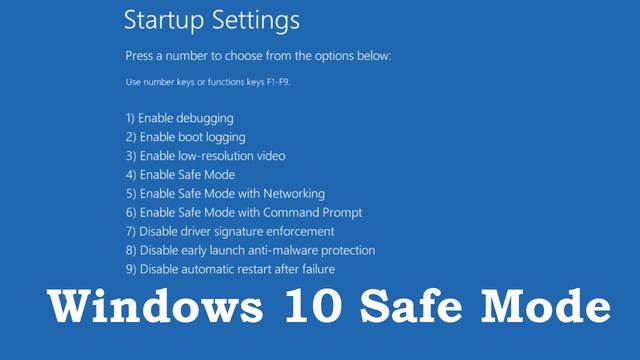
How to boot into Windows 10’s Safe Mode
When you’re having issues with a Windows computer, one of the first steps to troubleshooting is to boot into Windows’ Safe Mode. Safe Mode is a simple, stripped-down version of the operating system, loading only the most essential files and drivers. It’s a way of eliminating as many variables as possible, and to ensure that the issue doesn’t originate at this most basic level. This is a great place to scan for malware, for instance.
But the old-fashioned way to get into Safe Mode—booting the PC and pressing F8 at the exact right moment—seldom works on PCs running Windows 10. These techniques will:
If you can successfully boot into Windows, booting into Safe Mode is relatively easy—if you know the trick.

But what if things are so bad that you can’t successfully boot the operating system?
Try booting anyway. If you can get to the login screen, you’ll find a power icon in the lower-right corner. The instructions above work there.
But what if you can’t get to the login screen? In that case, chances are that Windows is so messed up that it couldn’t boot into Safe Mode anyway. But here’s a trick that might work:
You’ll need a Windows 10 Recovery Drive, which hopefully you created while your PC was working. Boot the Recovery Drive and select your keyboard layout. Then select Troubleshoot > Advanced options > Command Prompt. At the command prompt, enter these three lines, making sure to hit Enter at the end of each one:
Select Turn off your PC. Boot the computer and repeatedly press and release F8 until the Advanced Boot Options menu pops up. Then you can select Safe Mode or Safe Mode with Networking.
}})